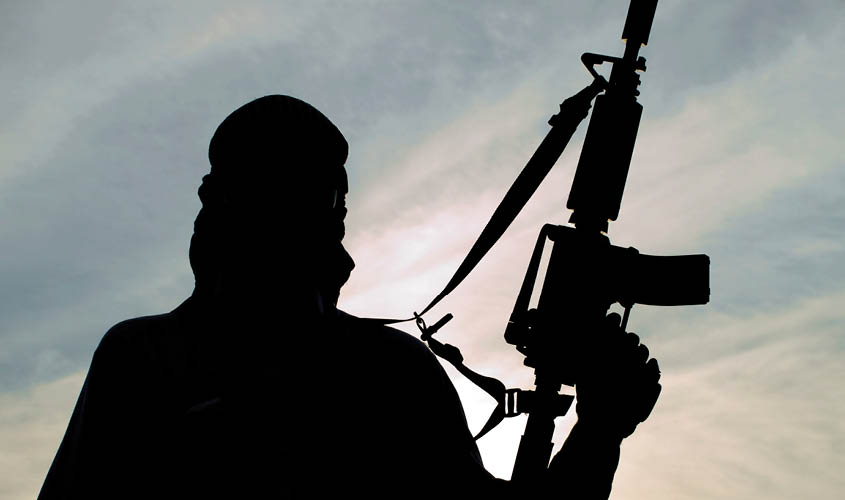New Delhi: Out of around 60 terrorist groups banned by the United States, including multiple subsidiaries of Al Qaeda and Islamic State of Iraq and Syria (ISIS), more than 10 of these are operating from Pakistan under protection of that country’s army. Some of these groups continue to be active even though they were banned more than 20 years ago. They continue to train terrorists and indulge in Hawala funding across the world, under the watchful eyes of the Pakistan government and its army. These groups include Harkat ul Mujahideen (HUM), which was banned in 1997; Lashkar e Tayyaba (LeT), banned in 2001; Jaish e Mohammed (JEM) 2001; Lashkar i Jhangvi (LJ) 2003; Islamic Jihad Union (IJU) 2005; Jundallah 2010; Tehrik e Taliban Pakistan (TTP) 2010; Harkat ul Jihad i Islami (HUJI) 2010; Indian Mujahideen (IM) 2011; Haqqani Network (HQN) 2012; and Hizbul Mujahideen (HM) 2017.
“Pakistan in the last three decades has evolved from a nursery for terror groups to sanctuary for Islamist terrorists. Right from HuM, which was among the first to be banned by the US government, to Hizbul Mujahideen (HM), which is the latest entrant to the list, all these groups continue to thrive and grow under the patronage of Pakistan’s army and Inter-Services Intelligence (ISI). China, which is defending these groups, including the JeM, will soon face a situation in the near future where these groups will become active in the Uighur region of that country. We are suffering the most from Pakistan-sponsored terrorism because we are next-door neighbours, but nothing will stop these groups from carrying out strikes in the rest of the world as and when they decide to do so if countries like China continue to give them patronage,” a top official of the Ministry of External Affairs said.
In fact, the Lashkar e Tayyaba, Lashkar e Jhangvi and Jaish e Mohammad have also been banned by other countries including Australia, UK, apart from India and the US.
One of the most damning proof of Pakistan ISI’s direct involvement in terror activities in India is the interrogation of Mumbai 26/11 accused David Headley who was interrogated by officials of National Investigation Agency (NIA) for 34 hours between 3 June 2010 and 9 June 2010 when he was in US custody in the presence of Federal Bureau of Investigation (FBI) prosecutors and his own lawyers.
The more than 100 pages of interrogation report, in which Headley has mentioned the name of ISI more than 35 times, is filled with intricate details regarding how the whole Mumbai attack was planned and executed by direct involvement of Pakistan army officials and it leaves no doubt about how closely the terror groups in Pakistan and army work together. According to the Headley report, every important member of LeT is handled by one or more ISI officials. His ISI handlers were Major Iqbal and Major Sameer Ali. Similarly, he told the NIA officials that one Brigadier Riyaz based in Muzaffarabad handled Zaki-ur-Rehman Lakhvi, the chief military commander of LeT. Later, the then ISI DG, Sujja Pasha had visited Lakhvi to understand the Mumbai attack.
“These groups are the unspecified military arms of the Pakistan army that works on the direction of the ISI. Pakistan is a textbook example of how a rogue state, supported by a country (China) which is more than powerful than it, works where the state machinery uses informal tools and non-state actors to subvert peace in their neighbouring region. Right now India and Afghanistan are facing the brunt of these rogue elements but history is filled with instances that show that such groups never stay within a boundary and expand very rapidly,” the official quoted said.

